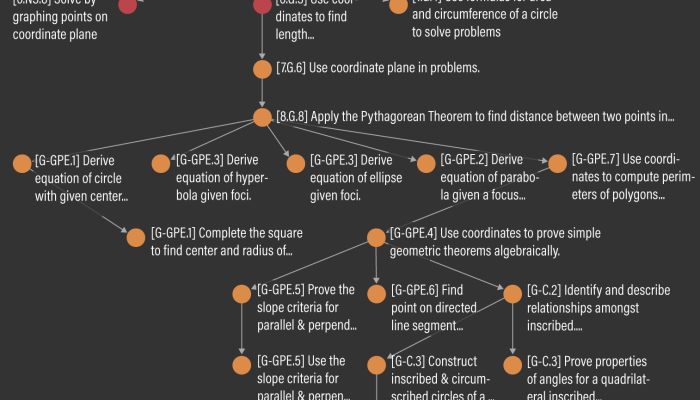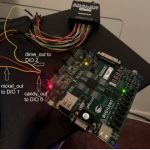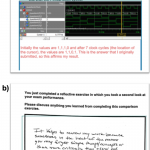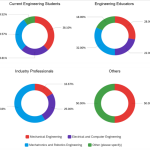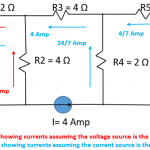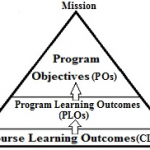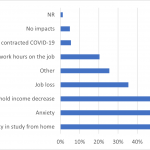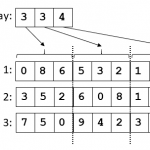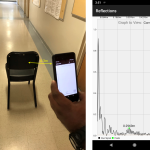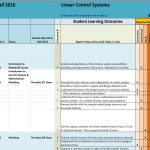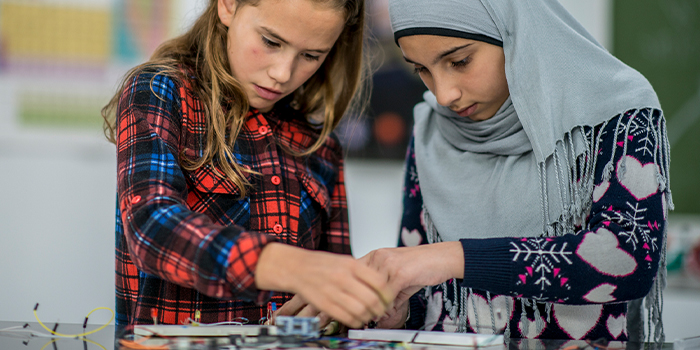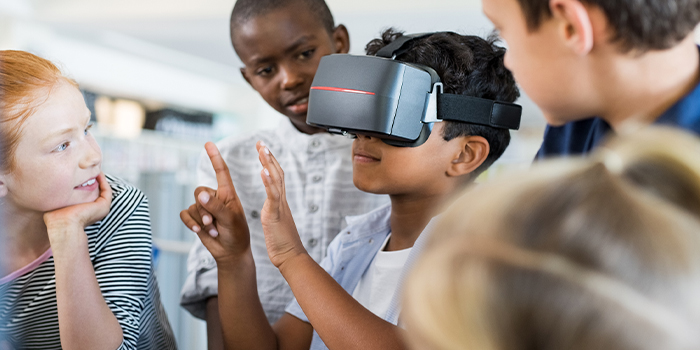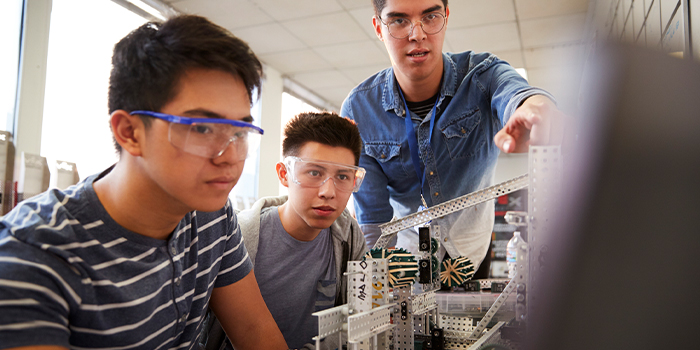Abstract
This work analyzes the effectiveness of an artificial intelligence (AI) community-building workshop designed for high school teachers and it focuses on contemporary issues related to AI concepts and applications. A group of high school teachers from local education districts attended a one-day AI hands-on workshop at our university. The workshop included several AI-related topics and hands-on examples and exercises aiming to introduce AI concepts and tools relevant to pre-college education. The participating teachers were expected to become a part of a collaborative network created to design, develop, and implement novel AI learning modules for high school students. Initial and a post-training surveys have been used to measure the impact of this training and to obtain a better understanding of teachers’/students’ readiness for additional hands-on AI experiences and further training. The surveys showed that the teachers gained valuable AI knowledge, AI tools, and attitudes that could help them when introducing AI concepts, applications, and AI ethics to their students.
